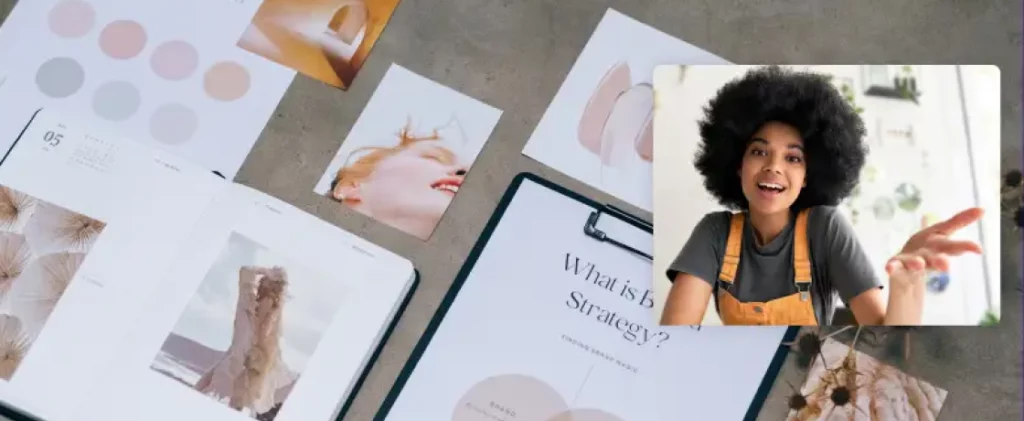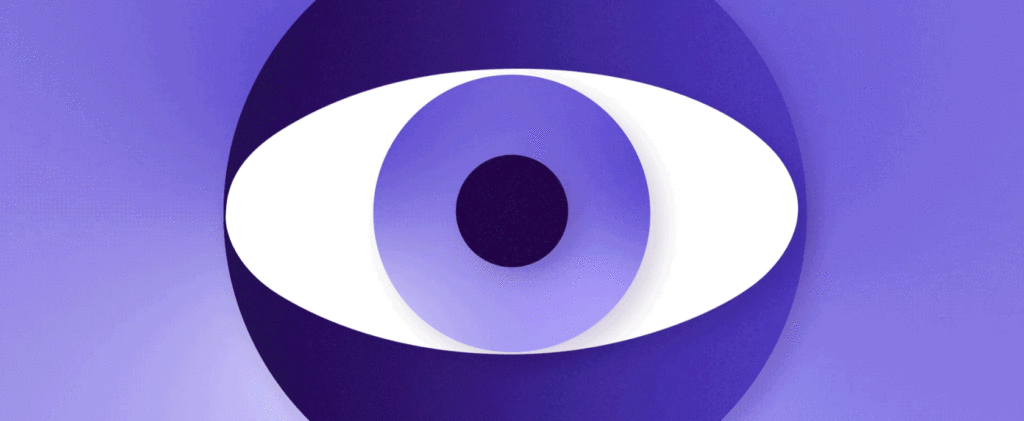Create with Them Instead of For Them: The Future of Consumer-led Marketing

As we navigate 2024, it’s time to question if consumer relevance and marketing outcomes should solely rely on the mountains of quantitative, analytics and social data. A look back In 2008, I found myself at the forefront of leveraging the booming social media landscape for brand value—a topic on everyone’s lips back then. Initially, many […]
Dare to stand out: How consumers perceive the 2023 John Lewis Christmas advert

Using GetWhy’s qualitative insights platform, John Lewis’ Christmas ad was put in front of a UK target audience. Here are the key insights.
Master brand perception: The power of consumer narratives

Consumer narratives provide invaluable insights into brand perception, allowing businesses to gain a deeper understanding of their target audience and make informed decisions to enhance their brand’s reputation.
Eye-rolls into eyeballs: Why is my campaign not performing?

Discover how to leverage qualitative insights to capture your audience’s attention and turn flatlining marketing campaigns into commercial successes.